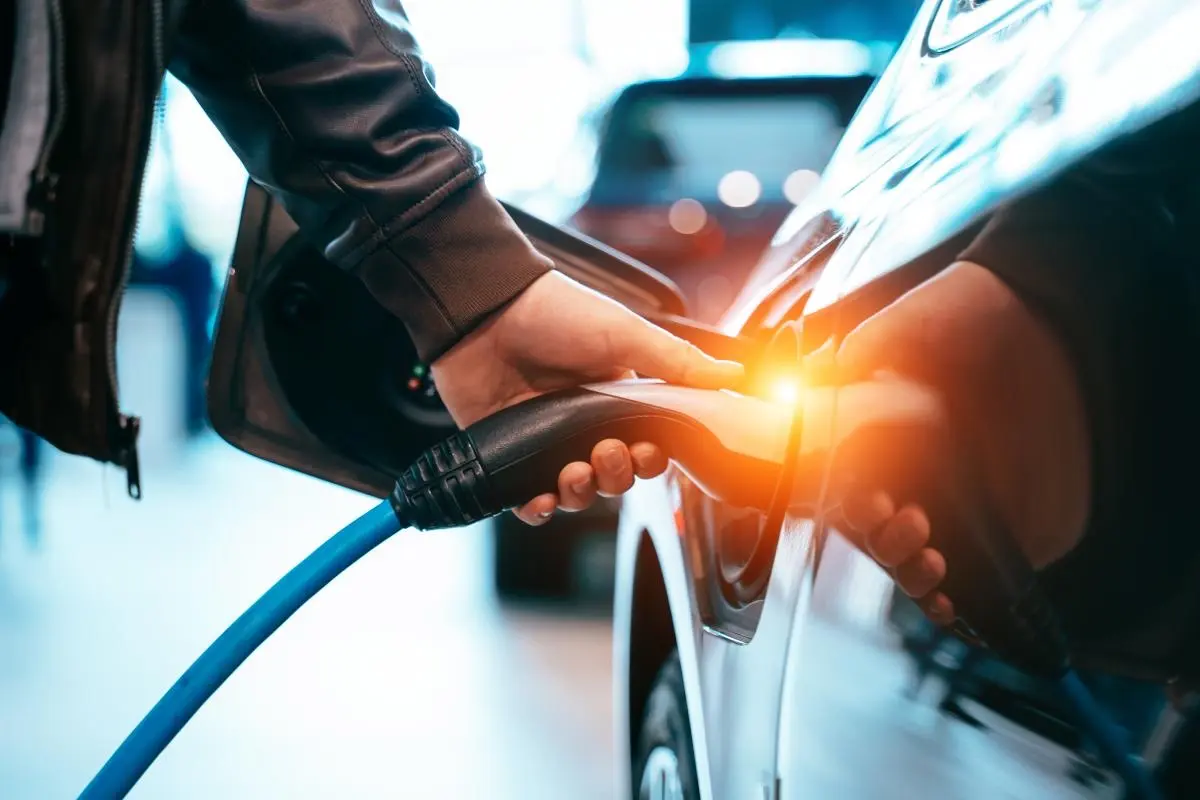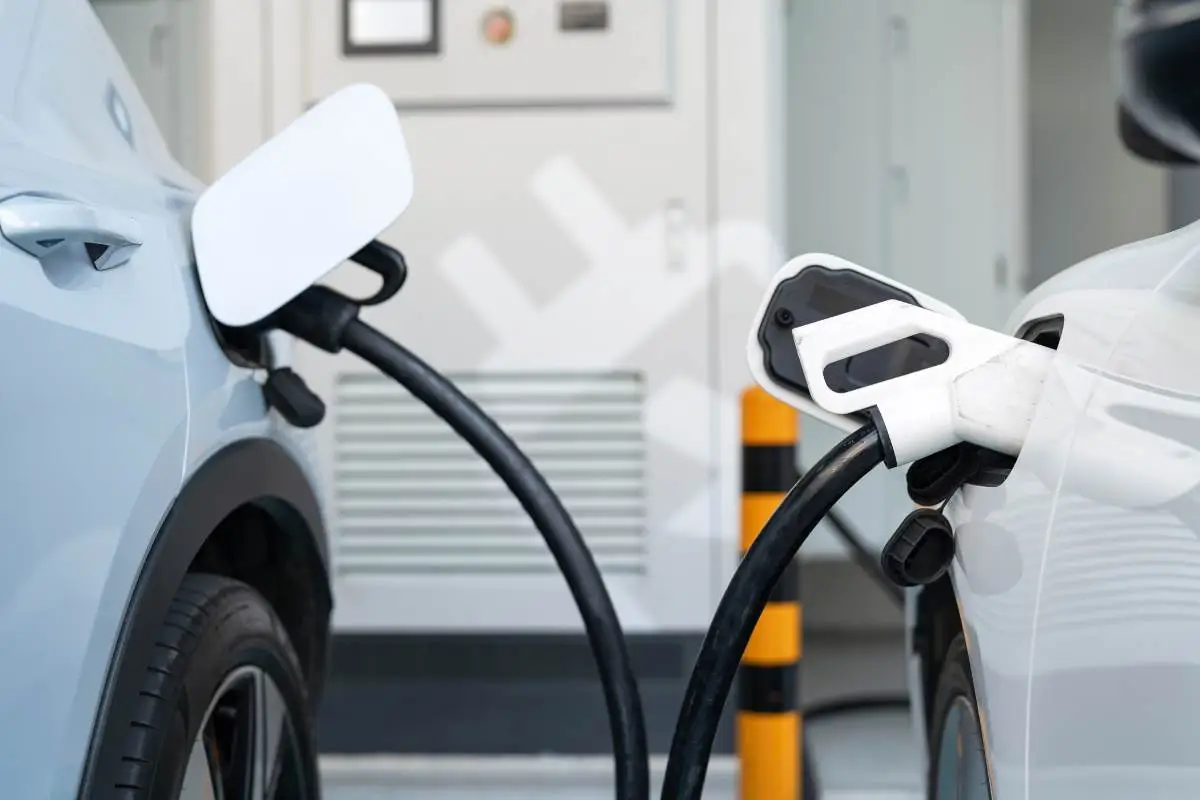How to Transition from Gasoline to Electric: A Step-by-Step Guide
In a world where sustainability is becoming increasingly important, transitioning from a gasoline-powered vehicle to an electric one is a significant step towards reducing your carbon footprint. Electric vehicles (EVs) offer numerous benefits, including lower emissions, reduced fuel costs, and less maintenance. This guide aims to provide you with a comprehensive, step-by-step process to make this transition smooth and efficient. Whether you are an eco-conscious individual or simply looking to embrace new technology, this guide will equip you with the knowledge and confidence to switch to an electric vehicle.
Understanding the Benefits of Electric Vehicles
Environmental Impact
One of the most compelling reasons to switch to an electric vehicle is the positive impact on the environment. Unlike gasoline vehicles, EVs produce zero tailpipe emissions, which significantly reduces air pollution. Additionally, with the increasing integration of renewable energy sources into the power grid, the overall carbon footprint of charging an EV is steadily decreasing.
Cost Savings
Transitioning to an electric vehicle can lead to substantial cost savings. Although the initial purchase price of an EV can be higher than that of a gasoline vehicle, the long-term savings on fuel and maintenance are considerable. Electric vehicles have fewer moving parts, which means lower maintenance costs and fewer trips to the mechanic. Additionally, the cost of electricity is generally lower than gasoline, resulting in significant savings over time.
Performance and Convenience
Electric vehicles are known for their smooth and quiet operation. They offer instant torque, providing a responsive and enjoyable driving experience. Many EVs also come with advanced technological features and superior safety ratings. Moreover, the convenience of charging your vehicle at home eliminates the need for frequent visits to the gas station.
Assessing Your Needs and Preferences
Evaluate Your Driving Habits
Before making the switch to an electric vehicle, it is essential to evaluate your driving habits. Consider the average distance you drive daily and whether you have access to charging infrastructure at home, work, or nearby public stations. Understanding your driving patterns will help you determine the range requirements for your new EV.
Researching Electric Vehicle Models
The market for electric vehicles is growing rapidly, offering a wide range of models to choose from. Researching different EV models will help you find one that suits your needs and preferences. Consider factors such as range, charging time, price, and available features. Websites like the manufacturer’s official site, automotive review sites, and EV-specific forums are excellent resources for gathering information and reading reviews from other EV owners.
Budget and Incentives
Budget is a crucial factor in your decision-making process. While electric vehicles can be more expensive upfront, many countries and states offer incentives, tax credits, and rebates to offset the cost. Research the incentives available in your region, as they can significantly reduce the overall expense of purchasing an EV. Additionally, consider the long-term savings on fuel and maintenance when planning your budget.
Preparing for the Transition
Home Charging Setup
Setting up a home charging station is one of the most convenient ways to charge your electric vehicle. Most EV owners prefer to charge their vehicles overnight using a Level 2 charger, which requires a 240-volt outlet. Before installing a home charging station, consult with a certified electrician to assess your electrical system’s capacity and ensure a safe installation.
Public Charging Infrastructure
While home charging is convenient, it is essential to be aware of the public charging infrastructure in your area. Public charging stations are available in various locations, such as shopping centers, parking garages, and along highways. Familiarize yourself with the types of chargers available (Level 2 and DC fast chargers) and consider downloading apps that provide real-time information on charging station locations and availability.
Learning the Basics of EV Maintenance
Electric vehicles require less maintenance than gasoline vehicles, but it is still important to understand the basics. Familiarize yourself with the maintenance schedule for your EV model, which typically includes tasks such as tire rotations, brake inspections, and coolant checks for the battery system. Many EV manufacturers offer comprehensive maintenance plans to ensure your vehicle remains in optimal condition.
Understanding Charging Etiquette
As the number of electric vehicles on the road increases, it is important to practice good charging etiquette. Be considerate of other EV owners by not occupying a charging spot longer than necessary, especially at busy public charging stations. If your vehicle is fully charged, promptly move it to allow others to use the charger. Additionally, avoid unplugging other vehicles unless it is clear that they are fully charged.
Test Driving and Finalizing Your Decision
Scheduling Test Drives
Once you have narrowed down your options, schedule test drives with local dealerships. Test driving different models will give you a firsthand experience of their performance, comfort, and features. Pay attention to factors such as acceleration, handling, and overall driving experience. Test drives will help you make an informed decision and ensure that the chosen EV meets your expectations.
Comparing Financing Options
After deciding on a specific model, compare financing options from various sources. Some dealerships offer special financing rates for electric vehicles, and it is worth exploring options from credit unions and banks as well. Additionally, check if the manufacturer provides any leasing options, which can be a more affordable way to drive an EV.
Making the Purchase
Once you have completed your research, test drives, and financing comparisons, it is time to make the purchase. Work with the dealership to finalize the transaction and ensure that all necessary paperwork is completed. Take advantage of any available incentives and rebates to reduce the overall cost. Before driving off, make sure you understand the vehicle’s features and functionalities, and feel comfortable with your new electric vehicle.
Transitioning from Gasoline to Electric: Completing the Journey
Welcome to the second stage of our comprehensive guide on transitioning from gasoline to electric vehicles. In this stage, we will explore the final steps, including selling or trading in your gasoline vehicle, understanding the ongoing costs of owning an electric vehicle, and tips for maximizing the efficiency and lifespan of your new EV. This guide aims to provide you with all the information needed to make a successful and confident transition to electric mobility.
Selling or Trading In Your Gasoline Vehicle
Evaluating Your Vehicle’s Value
Before selling or trading in your gasoline vehicle, it is crucial to evaluate its market value. Use online tools like Kelley Blue Book or Edmunds to get an estimate of your vehicle’s worth based on its make, model, year, mileage, and condition. Understanding your vehicle’s value will help you negotiate a fair price whether you decide to sell it privately or trade it in at a dealership.
Deciding Between Selling and Trading In
There are pros and cons to both selling your vehicle privately and trading it in at a dealership. Selling privately often results in a higher selling price, but it requires more effort in terms of advertising, meeting potential buyers, and handling paperwork. Trading in your vehicle at a dealership is more convenient and can be done during the purchase of your new EV, but it might yield a lower price. Weigh these factors based on your priorities and timeline.
Preparing Your Vehicle for Sale
To get the best price for your gasoline vehicle, ensure it is in good condition before selling or trading it in. Clean the interior and exterior, perform any necessary maintenance or repairs, and gather all relevant documents, including the title, service records, and any warranties. A well-presented vehicle with a complete history will attract more buyers and command a higher price.
Listing and Marketing Your Vehicle
If you choose to sell your vehicle privately, create a compelling listing with clear, high-quality photos and a detailed description highlighting its features, condition, and history. Use online platforms like Craigslist, Autotrader, and social media to reach a broader audience. Be responsive to inquiries and schedule test drives with potential buyers, ensuring you follow safety precautions.
Understanding the Ongoing Costs of Owning an EV
Electricity Costs
One of the significant advantages of owning an electric vehicle is the lower cost of electricity compared to gasoline. To calculate your potential savings, consider your local electricity rates and the average miles you drive per month. Most EVs have a cost per mile significantly lower than gasoline vehicles, leading to substantial savings over time. Additionally, many utility companies offer special EV rates or incentives for charging during off-peak hours.
Maintenance Costs
Electric vehicles require less maintenance than gasoline vehicles due to fewer moving parts and no need for oil changes. However, regular maintenance is still essential to ensure optimal performance and longevity. Key maintenance tasks for EVs include tire rotations, brake inspections, and battery system checks. Consult your vehicle’s manual and follow the recommended maintenance schedule to keep your EV in top condition.
Insurance Costs
Insurance for electric vehicles can be slightly higher than for gasoline vehicles due to the higher purchase price and specialized components. However, many insurance companies offer discounts for EV owners, considering factors like safety features and lower environmental impact. Shop around and compare quotes from different insurers to find the best coverage at a competitive price.
Depreciation
Depreciation is an important factor to consider when purchasing any vehicle. Electric vehicles tend to depreciate faster than gasoline vehicles, primarily due to rapidly evolving technology and battery degradation concerns. However, as the market for used EVs grows and battery technology improves, the depreciation rates are becoming more stable. To mitigate depreciation, consider leasing an EV or choosing a model with a strong resale value.
Maximizing Efficiency and Lifespan of Your EV
Efficient Driving Habits
Adopting efficient driving habits can significantly extend the range and lifespan of your electric vehicle. Avoid rapid acceleration and heavy braking, as these behaviors consume more energy. Instead, accelerate gradually and use regenerative braking to recover energy. Additionally, driving at moderate speeds and using cruise control on highways can help optimize your EV’s efficiency.
Battery Care and Maintenance
The battery is the most critical component of an electric vehicle. Proper care and maintenance are essential to ensure its longevity and performance. Avoid frequent use of DC fast charging, as it can accelerate battery degradation. Instead, use Level 2 charging for regular use and only resort to fast charging when necessary. Additionally, avoid letting your battery level drop below 20% or exceed 80% regularly to prolong its lifespan.
Utilizing Regenerative Braking
Regenerative braking is a key feature of electric vehicles that helps extend their range and improve efficiency. When you release the accelerator, the electric motor acts as a generator, converting kinetic energy into electrical energy and storing it in the battery. By maximizing the use of regenerative braking, you can reduce wear on your brakes and increase your vehicle’s overall efficiency.
Keeping Software Updated
Electric vehicles often come with advanced software systems that control various functions and features. Manufacturers regularly release software updates to improve performance, fix bugs, and add new features. Keeping your vehicle’s software up-to-date ensures that you benefit from the latest advancements and enhancements. Most updates can be done over-the-air, making it a convenient process.
Final Tips for a Smooth Transition
Joining EV Communities
Joining online and local EV communities can provide valuable support and information as you transition to an electric vehicle. These communities often share tips, experiences, and advice on everything from charging infrastructure to maintenance. Engaging with other EV owners can help you navigate any challenges and make the most of your new vehicle.
Planning Long Trips
While electric vehicles are perfect for daily commutes and short trips, planning long journeys requires more consideration. Research charging stations along your route and plan your stops accordingly. Use apps and tools that help you find charging stations and estimate charging times. Additionally, consider the availability of fast chargers to minimize downtime during long trips.
Exploring Government and Manufacturer Resources
Many governments and manufacturers offer resources to help new EV owners. These resources can include information on incentives, charging infrastructure, maintenance tips, and more. Take advantage of these resources to stay informed and make the most of your electric vehicle ownership experience.
Conclusion
Transitioning from a gasoline vehicle to an electric one is a significant step towards a more sustainable and cost-effective future. By understanding the benefits, assessing your needs, preparing for the transition, and maximizing the efficiency and lifespan of your EV, you can make this transition smoothly and confidently. Remember to sell or trade in your gasoline vehicle wisely, consider the ongoing costs, and adopt efficient driving and maintenance habits.





